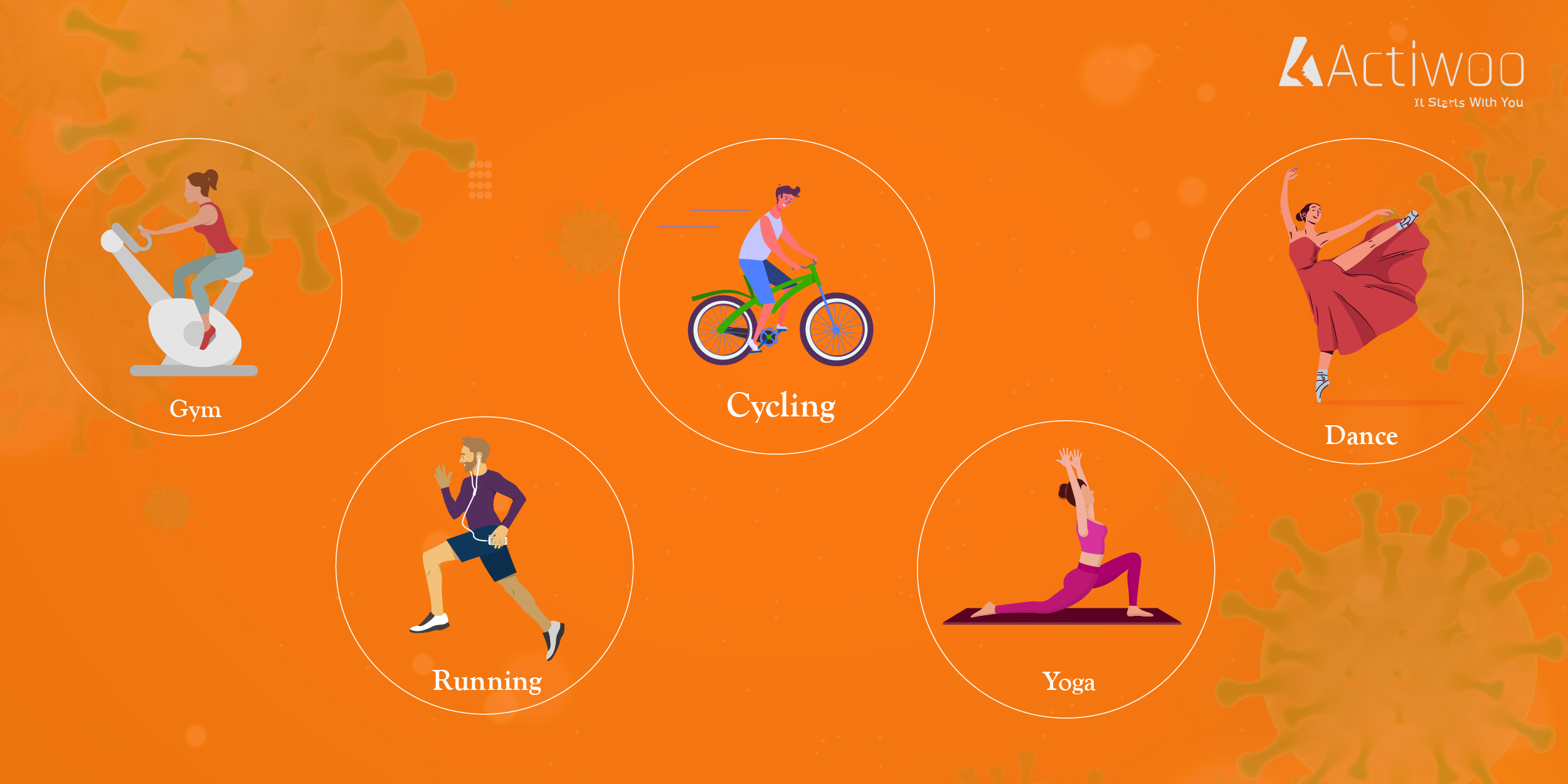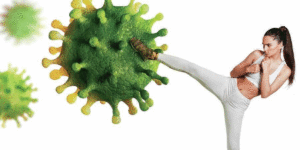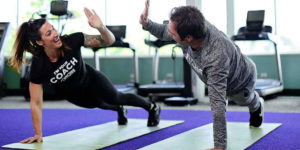Types of exercises that help Post-COVID 19
Covid has created an uncertain world where what we believed as normal has been challenged and chaos and uncertainty prevails. Being indoors and aloof has deprived us of our usual social interactions which has caused a lot of suffering and anxiety amongst all.
During these tough times we have to adapt and figure out ways to keep ourselves sane. But how do we do this? The magic words here are “Physical Activity.” During these times it is even more important for every individual to stay fit to keep your immunity levels strong and ready. Take a short respite from your work and take a walk or do some mild stretches. You might have heard of the saying “Doing something is better than doing nothing”. This is absolutely true for physical activity.
Benefits of exercise
● Eases muscle strain
● Relief mental tension
● Improve blood circulation
● Improve muscle activity
● Create some routine for your day amidst the chaos
● Improves sleep
● Maintains healthy weight
● Manages stress
● Improves the quality of life
Exercising after a severe infection
Returning to normalcy after coronavirus infection is a gradual process. Unlike most ailments where the effects after recovery can be clearly ascertained, it is not the case with COVID. The intensity and duration vary from one individual to another. If you are used to an active lifestyle, you might feel the need to get back to your previous levels of activity and fitness. We really don’t know about the virus and the effects of it are diverse and hence being wary is a good thing to do.
In the first phase, starting slow and performing any activity 5-10 minutes a day is good. You can start with extremely light intensity workouts like walking, stretching, and breathing exercises in the first phase of post-COVID recovery. In the second phase, you can increase the pace and time of your workout, do yoga. In the third phase, you can do brisk walking, going up and down the stairs, jogging, swimming or cycling with some time for recovery between each activity.
In the last phase, activities such as running, bodyweight exercises, or circuit training can be performed. You can get back to your previous levels of activity, but pay attention to how your the body responds and how you feel after a rigorous workout.
How helpful are breathing exercises?
Coronavirus attacks the lungs and respiratory system, and can cause significant damage. This is where breathing exercises help to work towards the recovery of the lungs and the respiratory system.
● Breathing exercises can help restore diaphragm function and increase lung capacity.
● Deep breathing exercises lessen the feelings of anxiety and stress.
● Sleep quality may also improve with breathing exercises
Physical exercises after COVID
Bear in mind that the activities should be done in moderation and do not exert too much
● Warm-up exercises – Warming up prepares your body for exercise and is an important aspect to get you started. You can do shoulder shrugs, shoulder circles, side bends, knee lifts, ankle taps, and ankle circles.
● Short runs – Running releases happy hormones and leaves you in a great state of mind after you finish. You don’t need to run marathons or run fast and hard. Just jog at an easy pace and keep yourself refreshed.
● Brisk walking – It is an ideal form of exercise and anyone can do this. All it needs is medium levels of effort and helps you keep your body active.
● Cycling – Cycling leisurely at an easy pace helps exercise most of the muscles in your lower body. It is another great way to keep yourself active.
● Swimming – Swimming is another excellent way to keep yourself active. If you have been a swimmer all your life, you should restart by exercising at 50 percent or less of previous activity levels. Continue at light intensity for at least two weeks and increase gradually only if you continue to feel good.
● Moderate Gym – A very common mistake people make when returning to training after an extended period of time off is going straight back into high-intensity, high-volume training without any gradual progression. Get into an easy mode and then raise your intensity after a few weeks of beginning workouts.
● Yoga – Yoga is a science of right living and works best when integrated in our daily routine. It works on all aspects of the person: the physical, the mental, the emotional, the psychological and the spiritual. Practicing the asanas, breathing exercises and meditation makes you healthier in body, mind and spirit. After recovering from COVID, Yoga helps to regain strength and energy.
● Dance – Dance is a fun activity and doesn’t seem like an exercise. It exercises your complete body and energizes you and at the same time you really feel you had a fun time dancing.
● Cooldown exercises – They allow your body to come back to normal before stopping exercise. You can walk at a slightly slower pace, or any activity you are doing, just reduce the intensity and allow your heart beat to come to a normal rhythm.
The Upshot
Physical Activity is not something that can be deleted from your daily schedule during periods of uncertainty. It has a significant role in your day-to-day life as the positive effects it produces on the overall well-being of the individual is immense. Stay active, Stay healthy!






